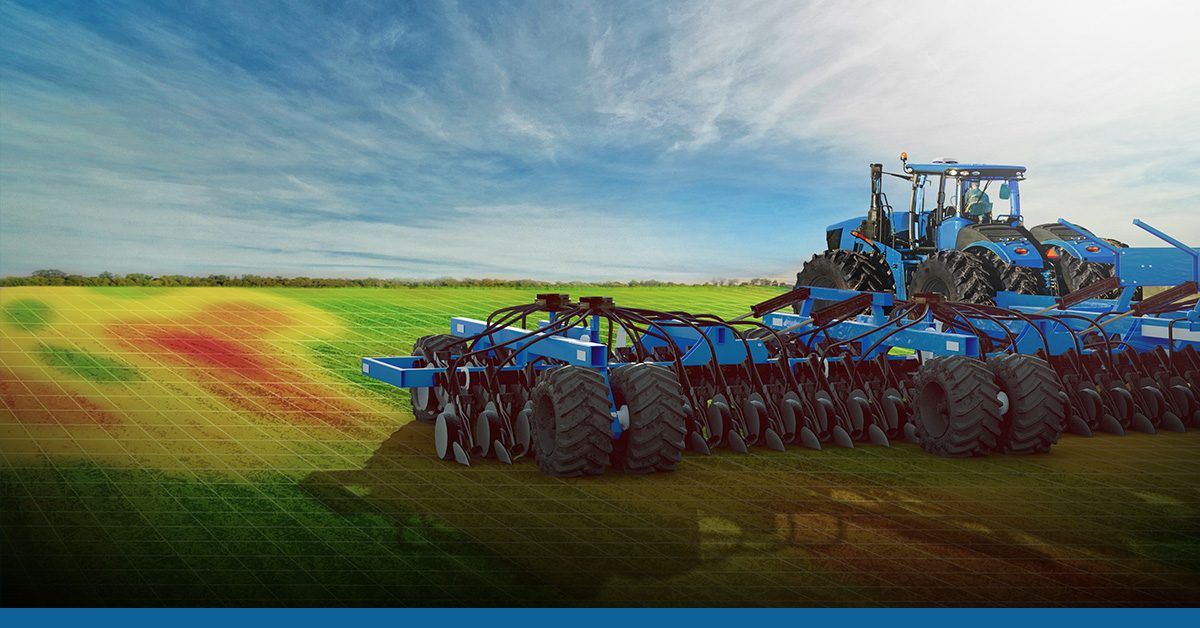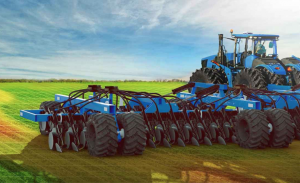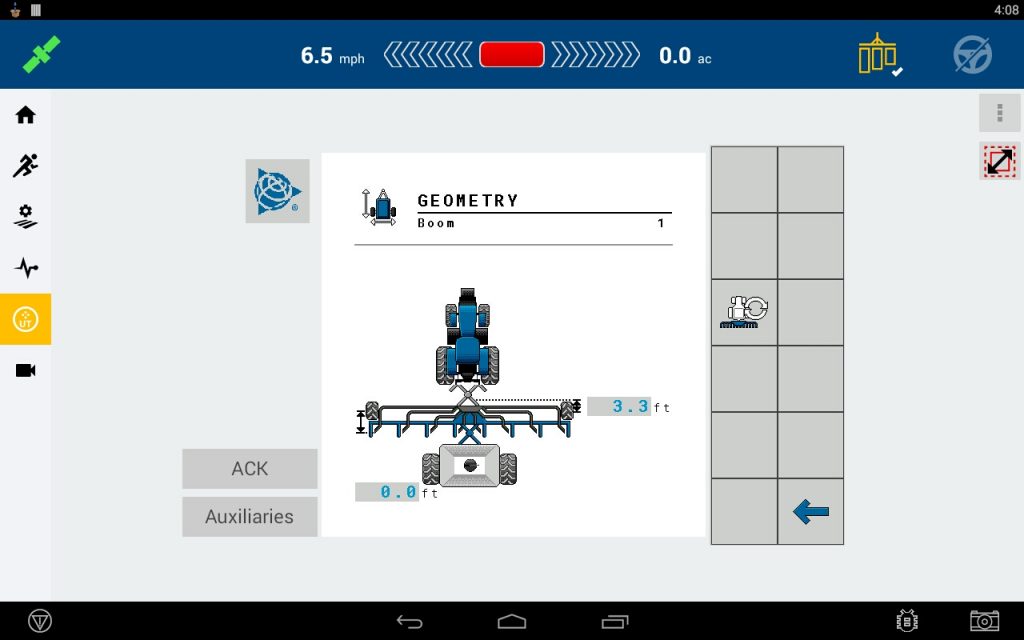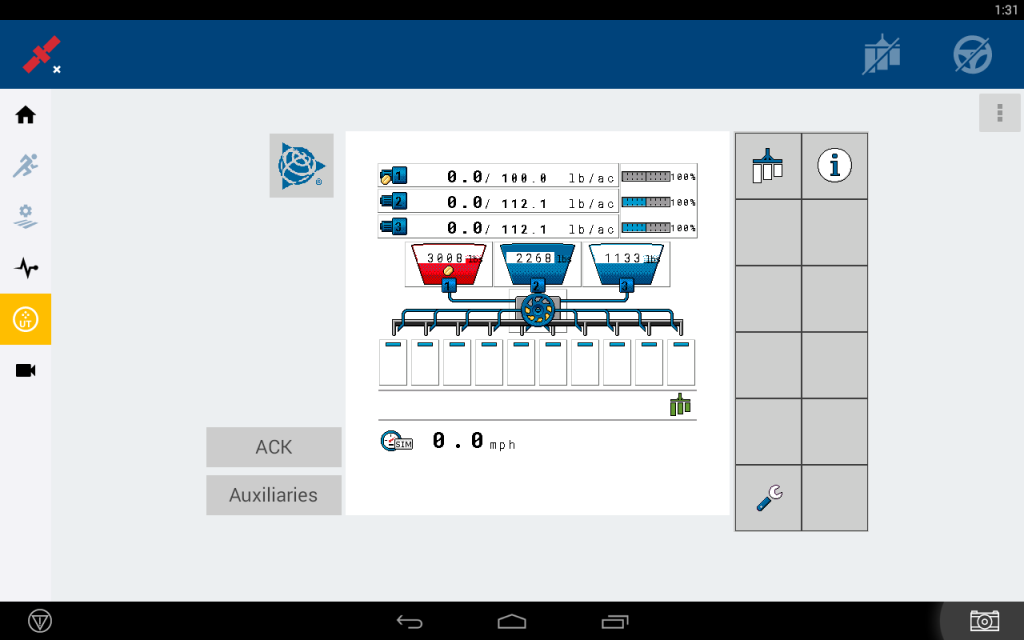Plug and Play with ISOBUS: What it is and how it can Help Your Operation
January 4, 2019


If you’ve invested in or researched precision technology, you’ve likely heard of ISOBUS.
But what is it?
Also referred to as ISO, it is the industry-standard communication protocol for ag equipment manufacturers that allows computers, vehicles and implements — regardless of their brand — to “talk” to each other.
It’s what makes “plug and play” possible across different brands. With standardized plugs, cables and software, if a piece of equipment has ISOBUS, you can plug it into any ISO display and get the same user interface (UI) and workflow, display to display, tractor to tractor.
Benefits of ISOBUS
Due to its consistency and simplicity, ISOBUS can provide many benefits on your farm.
For starters, you no longer have to stick with the same brand for every tractor or implement you purchase.
With dozens of manufacturers listed in the Agricultural Industry Electronics Foundation (AEF) compatibility database — the organization founded to improve cross-manufacturer compatibility of electronic and electric components of ag equipment — you can have a mixed fleet without worrying that a piece of equipment won’t work with another, as long as they’re all equipped with ISOBUS.
Farmers can register to access the AEF’s database for more information on certified ISOBUS products and to determine compatibilities between equipment.
For those with mixed fleet farms and several employees, ISOBUS can help keep operations running smoothly, as any operator can take any ISO-capable tractor, plug the ISO implement into it and begin working. They don’t need to recall settings or do any additional setup because everything is loaded and ready to run, reducing downtime.
Finally, having ISOBUS can help with reselling your equipment. Since ISO is the industry standard for ag equipment, there’s no concern of it becoming obsolete, and it makes it easier to sell to someone who may be running a different brand.
Does it really work?
There is a perception among some farmers that ISOBUS doesn’t work, and this is likely due to equipment that was marketed as being ISOBUS compatible when it truly wasn’t. These products may have been marketed as “ISOBUS prepared” or “ISOBUS light,”
In some scenarios, there is no way to determine if a piece of equipment isn’t ISO compatible until you try to use it. For example, you may find an implement works with the same brand’s display, but when you try to pair it with a different manufacturer’s product it doesn’t function. True ISOBUS should always work, regardless of the display in the cab. Trimble Field-IQ™ ISOBUS Control Solution provides the same functionality, regardless of whether you’re using a Trimble display.
Trimble’s Field-IQ™ ISOBUS Control Solutions don’t hide anything or have “ISO plus” features that will work on one display but not another. Our ECUs can be used with whatever display you already have — what you get on one is what you’re going to get on the rest.
Getting Started with ISOBUS
Whether you have ISO-ready equipment or you’d like to retrofit your implements, there are two basic components every grower needs to get started with ISOBUS. Which are a Universal Terminal compatible display and an ISO ECU. Keep in mind that ISOBUS offers additional functionality and features that build upon these two basic components.


The first is a display, which contains the Universal Terminal (UT) functionality, formerly called the Virtual Terminal (VT). You can think of the UT like a computer monitor — just as you can plug a computer monitor into any PC and get the same result, the UT can be plugged into any ISO-equipped implement and function the same. The UT will be your interface for controlling the implement and typically contains the UI to configure and operate the implement.
The second component is an ISO capable Electronic Controlled Unit (ECU), which is what makes the implement intelligent and allows you to control the implement from the cab. The ECU goes on the implement, stores all of the settings and holds the user interface for the UT to load and display. It also generally contains all of the control layers and the electronics needed to control certain components such as a boom valve or control valve.
If you’re buying a piece of equipment that is already ISOBUS ready, all you’ll need is a UT-capable display, such as the GFX-750 or TMX-2050, which is just one small feature of these displays. But if you already have equipment you’d like to make ISO compatible, such as a sprayer you’d like to be able to add section control, you can retrofit it with a solution like the Trimble® Field-IQ™ ISOBUS Liquid Control.
You may also need some help from your equipment or precision ag dealer to get everything set up, depending on what the ECU is doing and the functionality it offers. If it’s an OEM-equipped ECU, there may be certain things you can’t do or don’t have the tools to do, so you’ll need help making certain adjustments.
With Trimble’s ECUs and others that are geared toward retrofitting an implement, there are more settings open to you, so you can make tweaks and tailor the solution to your implement.
But with any ECU, you should be able to make basic adjustments, such as general flow calibrations.
Glossary of Terms
Whether you’ve been using ISOBUS for years or are just learning about it, there are several terms you’ll likely come across. Here is a brief glossary of those terms.
- Universal Terminal (UT): A display capable of operating any implement and multiple implements. Formerly called the Virtual Terminal (VT).
- Electronic Controlled Unit (ECU): The device put on the implement that makes the implement smart. It stores all the settings and the user interface (UI) for the UT to load and generally contains the control layers and electronics needed to control certain components. This is what allows users to control implements from the cab.
- User interface (UI): The means by which the user and a computer system interact.
- Task Controller: ISO messaging that automates commands for the ECU. It is broken down into three sub-protocols:
- Basic: This collects data totals, such as how much product was applied and how many acres were covered.
- Section: Provides section control of the implement.
- Geo: Handles geo-referenced application and collects data based on location. For example, GPS-prescription applications are controlled by this protocol.
- AUX-O and AUX-N: Auxiliary devices that either offers extra input or expanded output in the ECU. AUX-O stands for the old protocol, while AUX-N stands for the new protocol. AUX-O and AUX-N are not compatible with each other.
While we’ll be diving deeper into ISOBUS in future blog posts, you can learn more about this technology and how it may benefit your farm by checking out the Trimble® Field-IQ™ ISOBUS Control Solutions.
